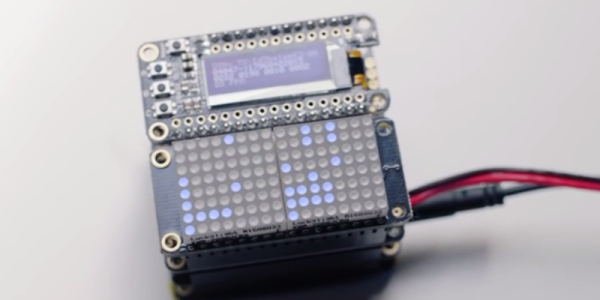In 1987, an American psychologist found voluntary eye movements reduced the intensity of negative thoughts. This is the basis of EMDR, or Eye Movement and Reprocessing Desensibilization, and if it sounds too oogie-boogie to be real, I assure you there are even oogier and boogier techniques in psychology that actually work.
[David]’s entry to the Hackaday Prize is a device that helps psychologists apply EMDR for the treatment of post-traumatic stress disorders. To do this, the psychologist asks the patient to describe a traumatic incident while the patient makes eye movement. According to the literature, this facilitates the connection between the cerebral hemispheres and decreases the emotional burden.
If simply moving your eyes back and forth while reliving your greatest horrors is enough, what’s with the hardware? [David]’s project is just a few LEDs that help enable eye movement. With a linear array of LEDs controlled by a shift register and a PIC microcontroller, this device is just enough to make a patient glance from left to right to left over and over again.
It’s a good project, made even better by the fact that [David]’s sister, a psychotherapist and EMDR practitioner, asked [David] to create an electronic device for this technique. [David]’s already produced a video on his device, and you can check that out below.
Continue reading “Hackaday Prize Entry: Bilateral Brain Stimulator”
















